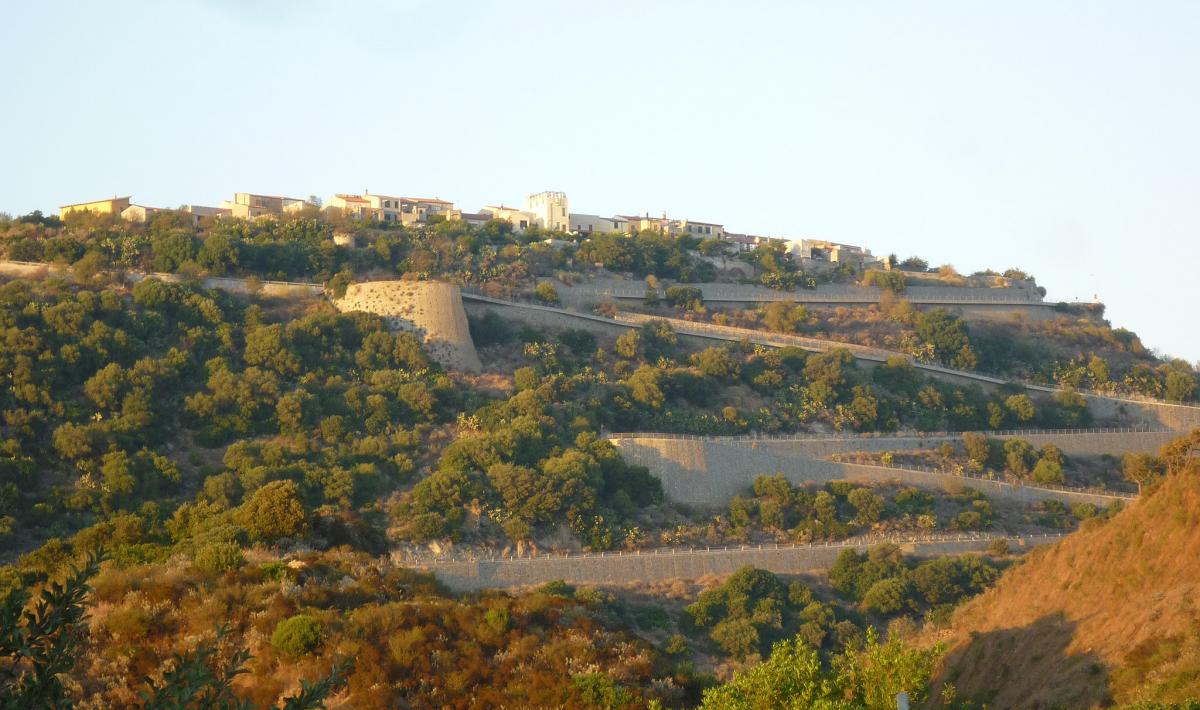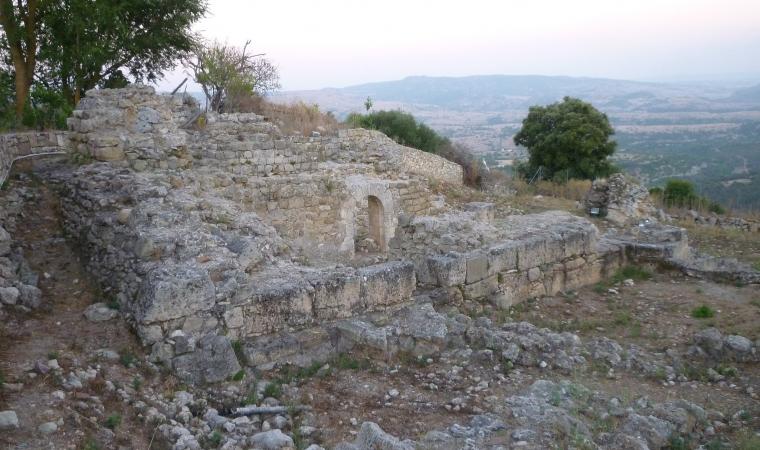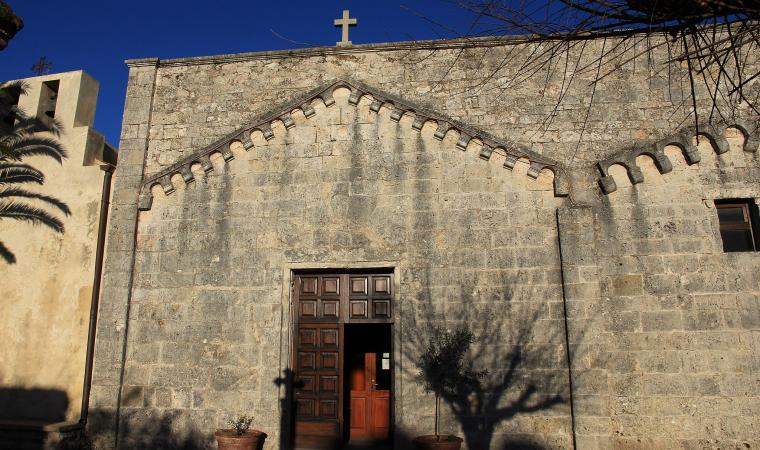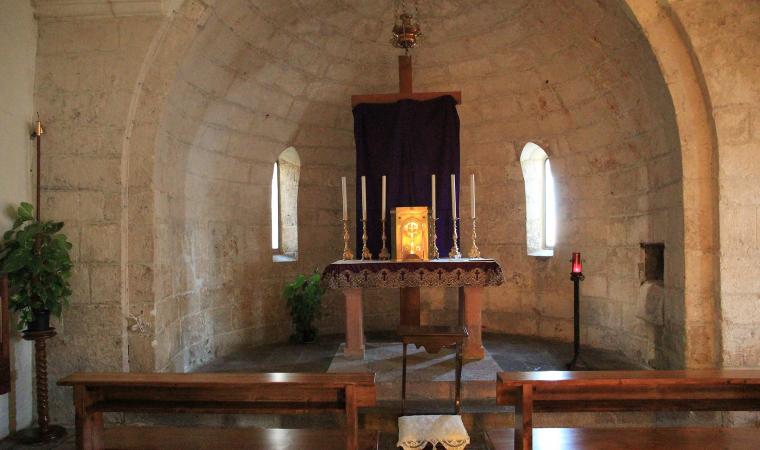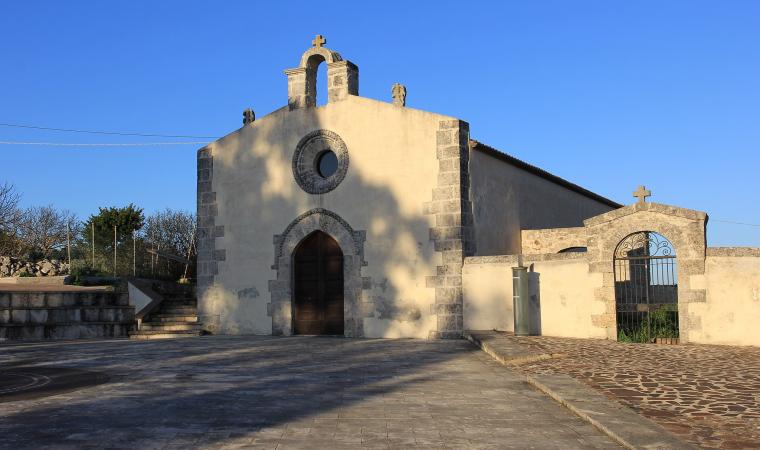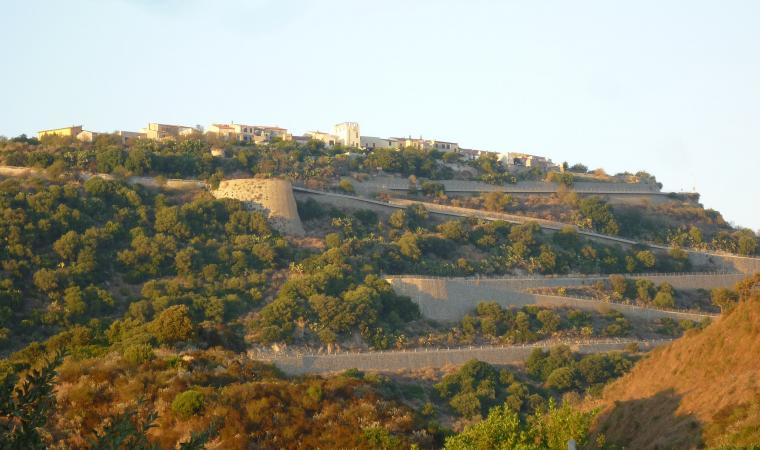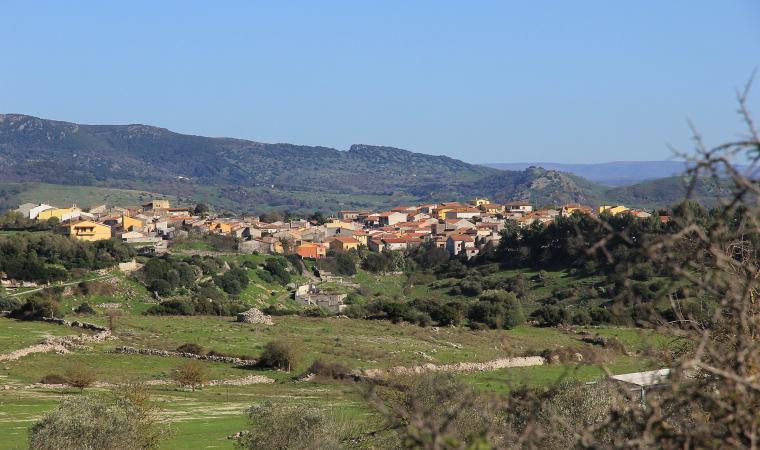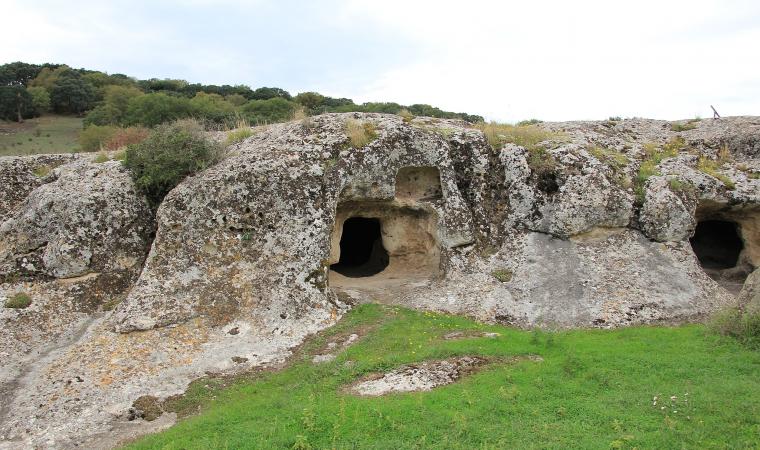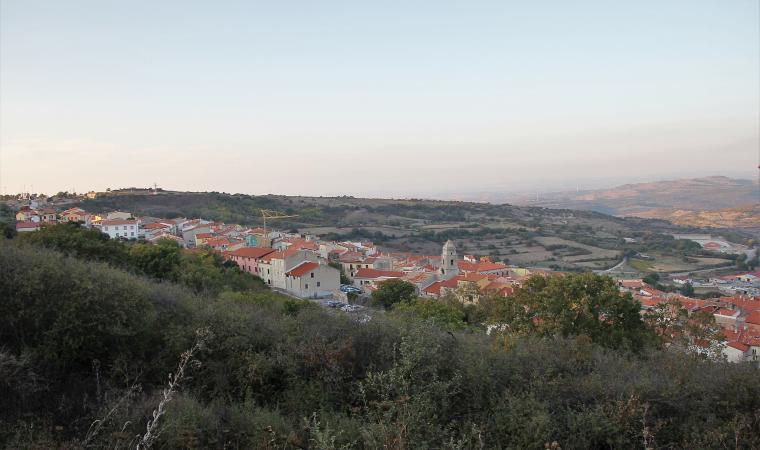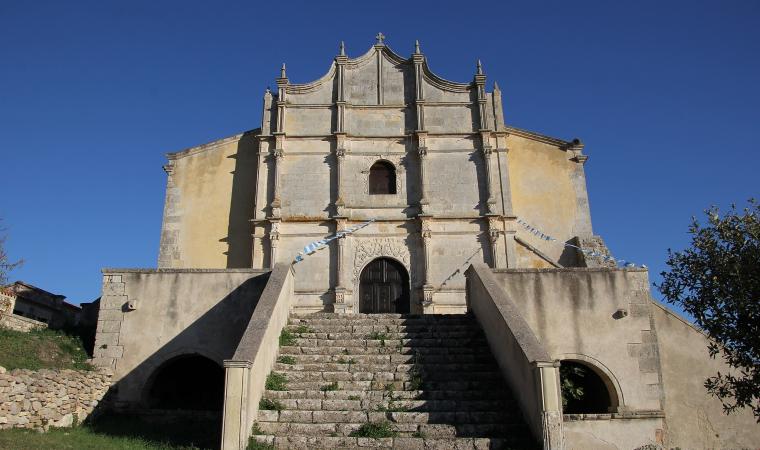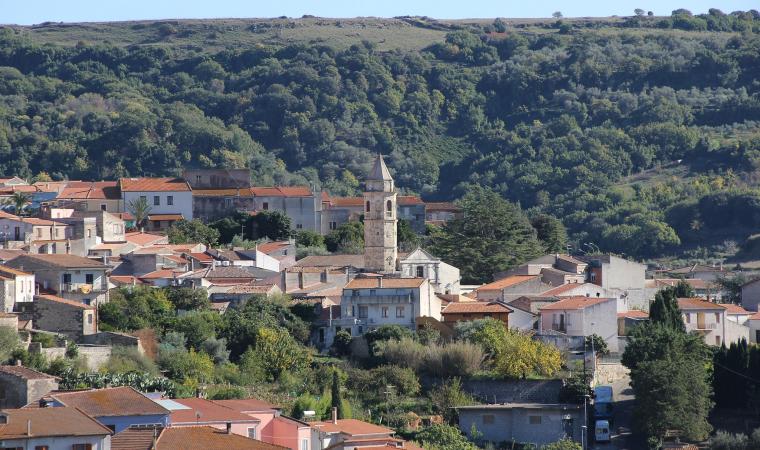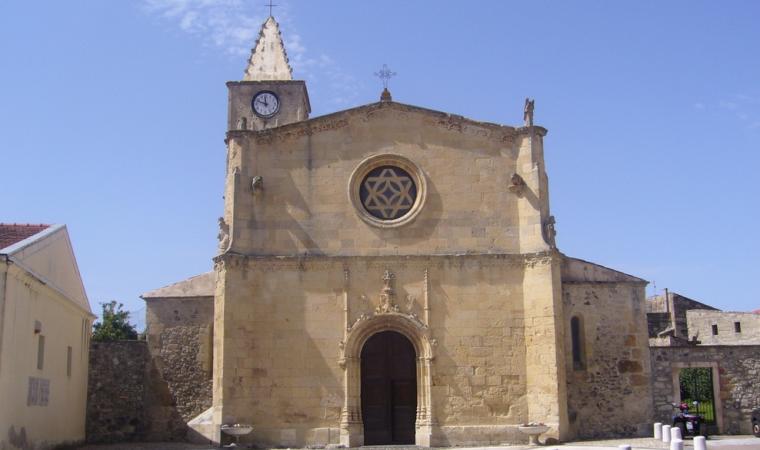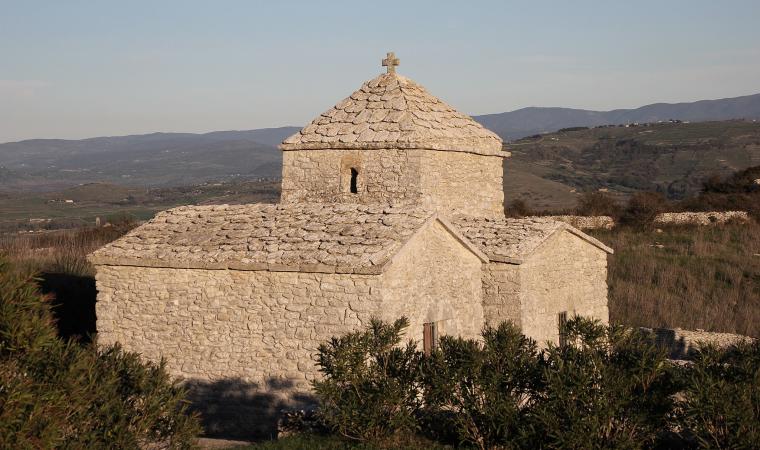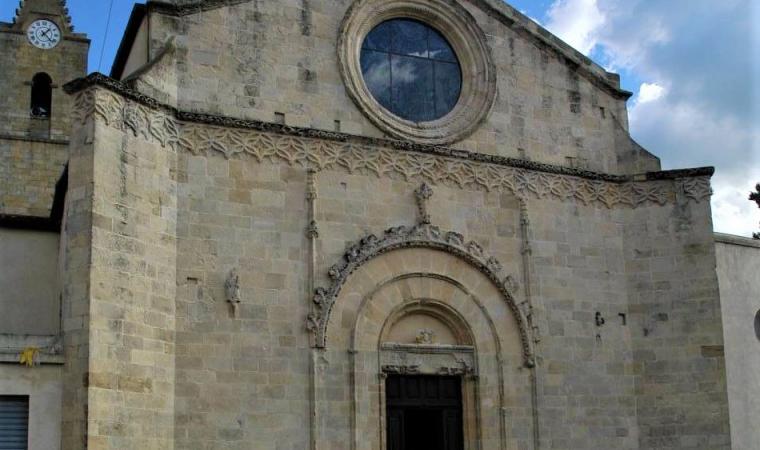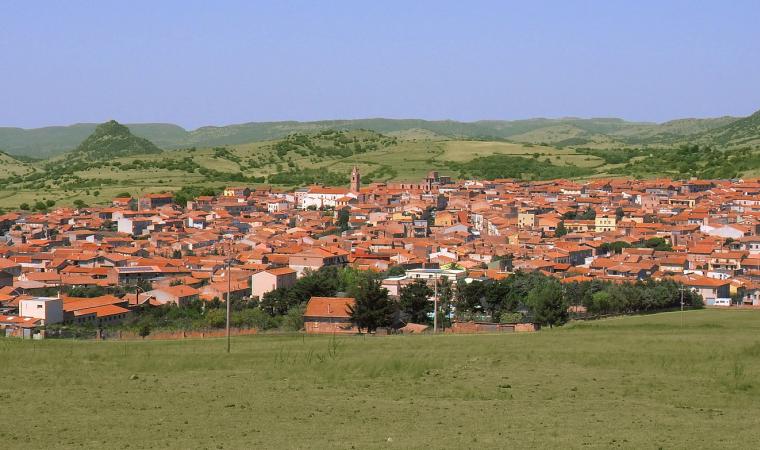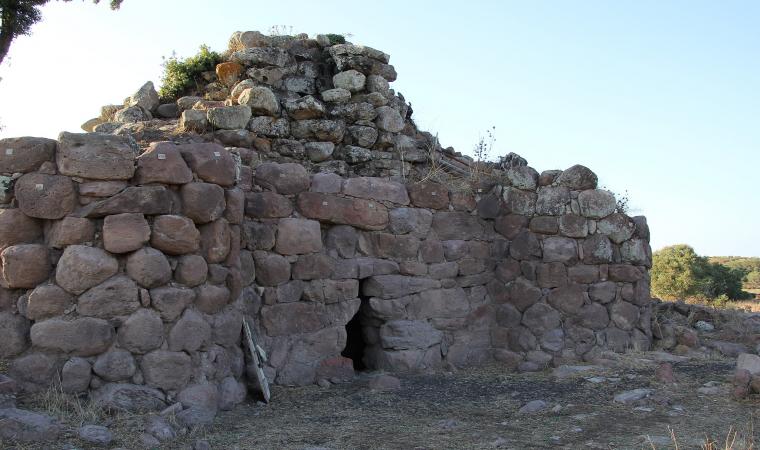Set on the southern-most part of su Monte, a verdant plains at an altitude of 400 m above sea level made of limestone tuff, surrounded on three sides by a lake, it looks like an indomitable natural fortress. An enchanting landscape provides the setting for Monteleone Rocca Doria, a tiny village in the northern Logudoro, an area once called Nurcara, just 40 km from both Alghero and Sassari. In the early XX century there were all of 450 inhabitants, little more than 100 of them official, actually 80, none of them young. In the Middle Ages it was the fiefdom of the Doria family, who built the castle and built the thick walls. The name, which first appeared in documents in 1364, recalls the origins that link it to the celebrated Genovese family. In 1436 it came under Aragonese dominion after a bloody battle that saw the town destroyed, only the churches were left standing. Both are still there, the old XII century Gothic-Romanesque parish church Sant’Antonio Abate at the northern end,, and, in the centre, the mid-XIII century parish church of Santo Stefano, with two naves, each one ending in a semi-domed limestone apse. The northern late-Romanesque nave is the oldest and was the chapel of the Dorias (XIII century). The more recent nave has a Gothic flair and dates to the XVI century. The patron saint is celebrated in early August with a procession and a competition of poems written in local dialect. The remains of the XIII century fortress are still visible: the walls, the stubs of crumbled towers, the remains of cells and wells. Stone-paved streets tell of the splendour enjoyed under the Ligurian family (Doria, Castello and Orti street). Today there is peace and quiet, only the sounds of your own footsteps break the silence, and you rarely meet anyone. Aside from the remains there is also a coffee bar and post office. A bus connects it to nearby towns, where, in just a few minutes, you can gain access to all the basic services.
Around the almost-ghost town, walking down into the valley below, you will come across wild horses with green hides. Not far from town is punta Pedra Ettori, in the Pagada de sos Turcos area, a name that evokes the memory of the locals’ victory over the Turks. The highest peak is Monte Minerva (650 m), an imposing bastion with a flat summit. A variety of brooks come forth from the rocks among the woods of oak and cork trees, and the Mediterranean brush, home to hare, martens and foxes. High above you can often see the griffon, the king of the skies in north-western Sardinia. The lovely territory has been inhabited since prehistory, as shown by the pre-Nuragic (II century BCE) sites found here, and the Funtana Calvia, su Nie, Mannu and Badde Janna nuraghe. There are remains of later eras, sa Tanca ‘e sa Mura, a settlement that immersed in the waters of the lake, the only Punic settlement in northern Sardinia.

